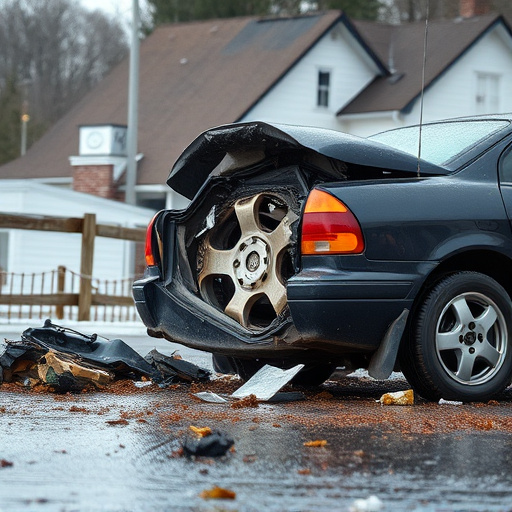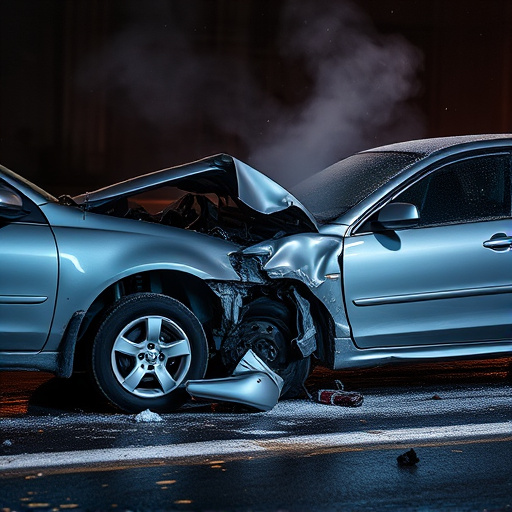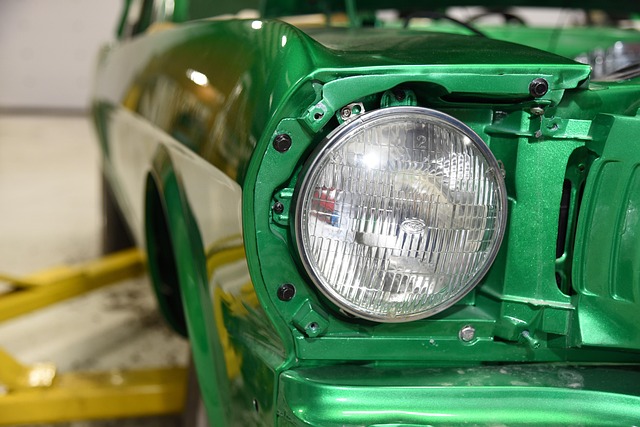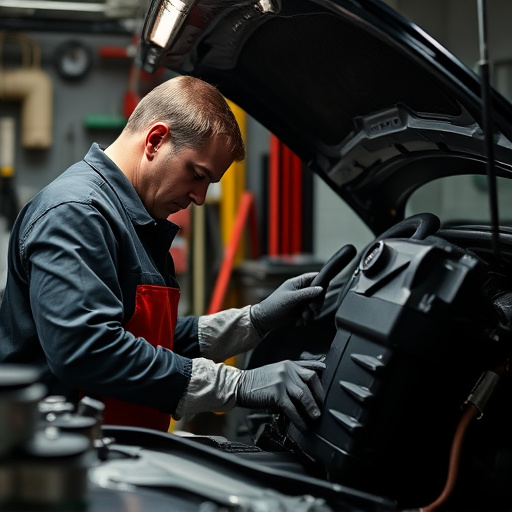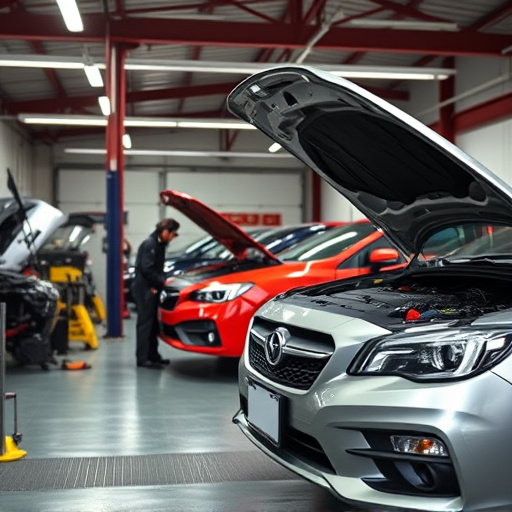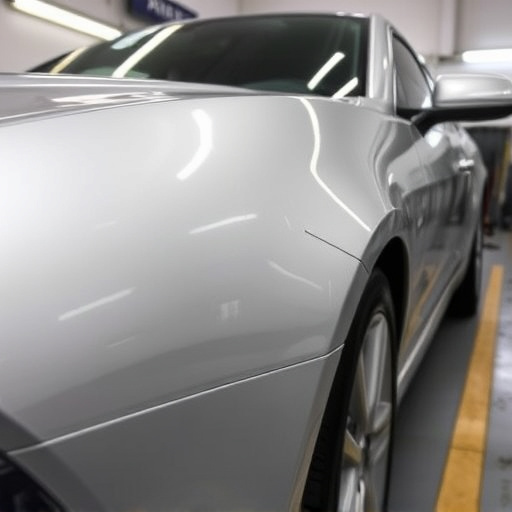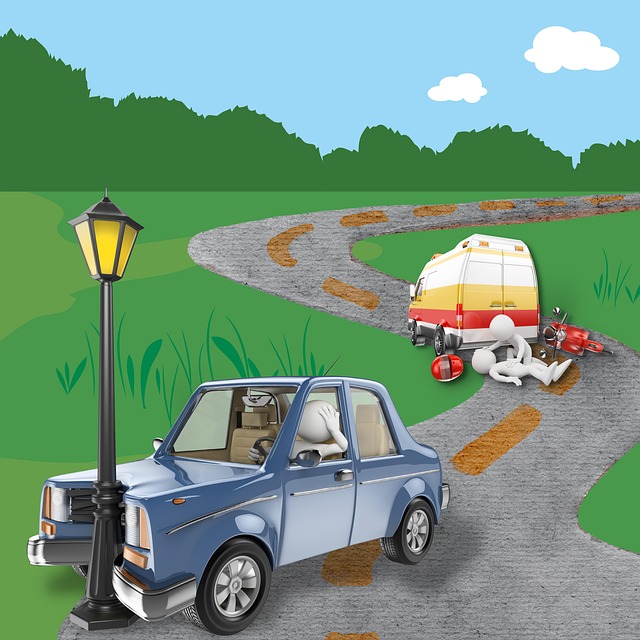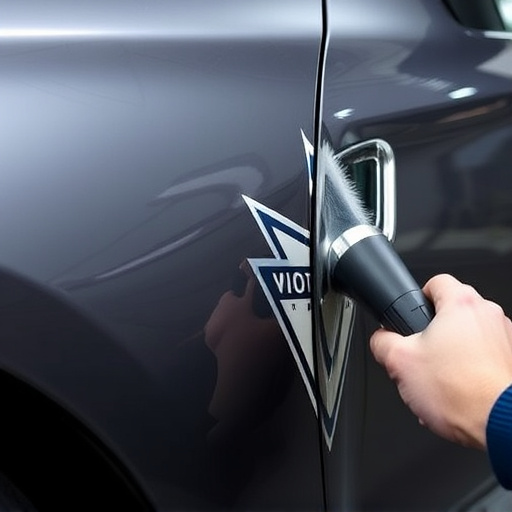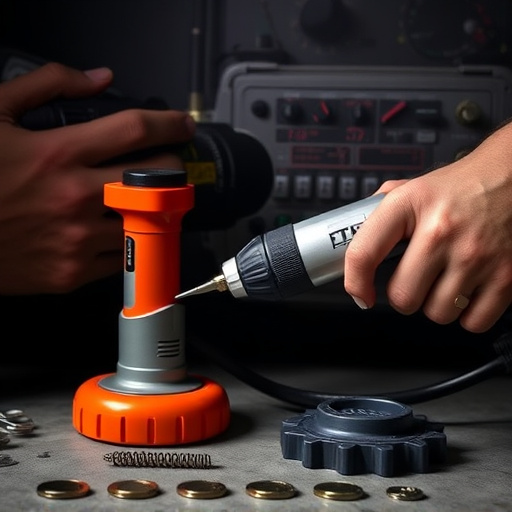Structural damage repair is a crucial aspect of vehicle maintenance, addressing physical alterations to essential components like frames, chassis, and body panels caused by accidents or debris impact. Prompt recognition requires specialized knowledge and tools. Repairs involve assessment, documentation, estimating, removal of damaged parts, replacement/realignment, testing, reassembly, and detailing. Post-repair maintenance includes checks for rust, cracks, and loose components, regular mechanic check-ups, auto glass repairs, bodywork, washing, waxing, and protective coatings to prevent future damage, emphasizing the importance of consistent care.
“Structural Damage Repair: Essential Knowledge for Every Car Owner
Learn to recognize and address structural damage, a critical aspect of vehicle maintenance often overlooked. This guide breaks down the essentials, from understanding common causes like accidents or natural disasters, to their detrimental effects on safety and handling. We provide a step-by-step repair process, empowering car owners with knowledge for DIY repairs or identifying when professional assistance is needed. Additionally, discover prevention strategies and post-repair care tips to ensure your vehicle’s longevity.”
- Understanding Structural Damage: Common Causes and Effects
- The Repair Process: Step-by-Step Guide for Car Owners
- Maintaining Your Vehicle: Prevention and Post-Repair Care Tips
Understanding Structural Damage: Common Causes and Effects
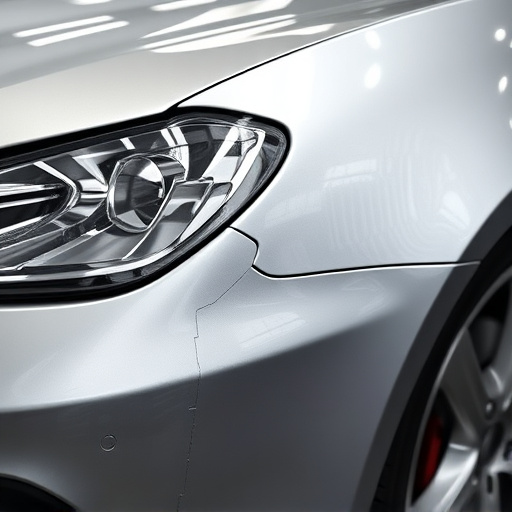
Structural damage is a serious issue that requires immediate attention for any vehicle owner. It refers to the physical alterations or deformities in a car’s structural components, including the frame, chassis, and body panels. These damages often occur due to accidents, collisions, or other impact events. The effects of structural damage can range from visible dents and creases to more subtle yet critical misalignments that compromise the vehicle’s safety and handling.
Common causes include vehicle collisions, where metal may bend, twist, or crack, leading to significant structural changes. Even seemingly minor fender benders can result in hidden damage, especially to the frame. Other factors like accidents involving rolling over, side-impact crashes, or incidents with debris hitting the car at high speeds contribute to structural damage repair needs. Recognizing these issues is vital for ensuring both vehicle safety and effective auto repair services. Prompt action involves assessing the extent of the damage, which may require specialized tools and knowledge to detect hidden problems, especially in modern vehicles with complex designs.
The Repair Process: Step-by-Step Guide for Car Owners

When dealing with structural damage to your vehicle, understanding the repair process is key. Here’s a simplified guide for car owners looking to get their cars back on the road safely.
First, assess the extent of the damage. Structural damage can include bent frames, crushed panels, or damaged underbody components. Once identified, take photos to document the issues for insurance purposes. Next, find a reputable automotive body shop with experienced technicians who specialize in structural damage repair. These professionals will conduct an in-depth inspection using advanced tools to evaluate the vehicle’s frame and individual parts. After the evaluation, they’ll provide a detailed estimate outlining the necessary repairs, replacement parts, and labor costs. If approved by you and your insurance provider, the auto repair shop will proceed with the repair process. This involves removing damaged panels, replacing or realigning structural components, and rigorously testing to ensure the vehicle’s safety and stability before final reassembly and detailing. Regular maintenance checks after the repair are crucial to guarantee long-term performance and prevent future issues stemming from initial structural damage.
Maintaining Your Vehicle: Prevention and Post-Repair Care Tips
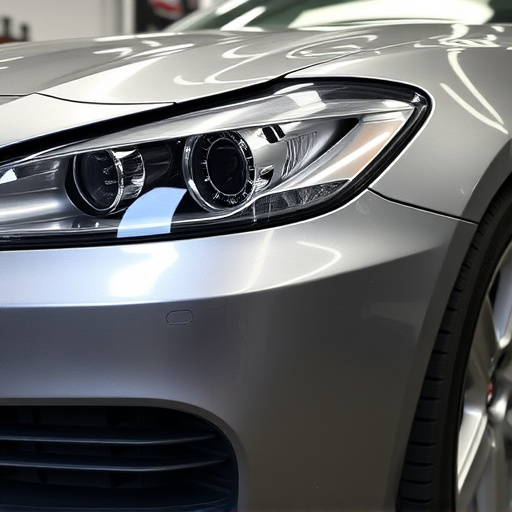
Regular maintenance is key to preventing structural damage to your vehicle. Inspecting and addressing issues early on can save you from costly repairs down the line. This includes checking for any signs of rust, cracks in the body panels or chassis, and ensuring all components are securely fastened. A routine check-up with a trusted mechanic can also help identify potential problems before they become significant structural damage.
After a structural damage repair, proper post-repair care is essential to ensure longevity of your vehicle. This involves not only addressing any auto glass repairs but also taking care of the overall car body repair and bodywork. Regular washing and waxing, along with applying protective coatings, can shield your vehicle from environmental factors that may compromise its structure. Remember, preventing future damage is always more affordable and easier than repairing extensive structural issues later on.
Structural damage repair is an essential aspect of car ownership, addressing potential safety hazards and preserving your vehicle’s value. By understanding common causes, such as accidents or natural disasters, and following a systematic repair process, car owners can effectively mitigate the effects of structural damage. Implementing preventive measures and adhering to post-repair care tips will ensure your vehicle remains safe, reliable, and road-ready. Equip yourself with knowledge, stay proactive, and take control of your car’s structural integrity for a seamless driving experience.
